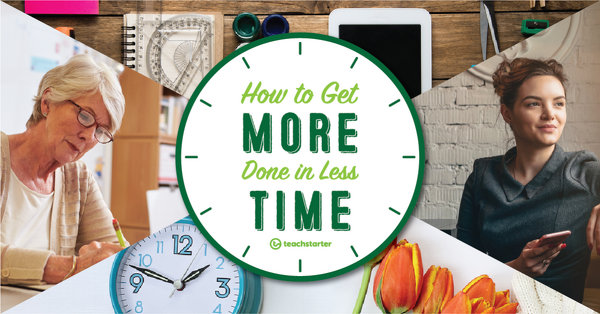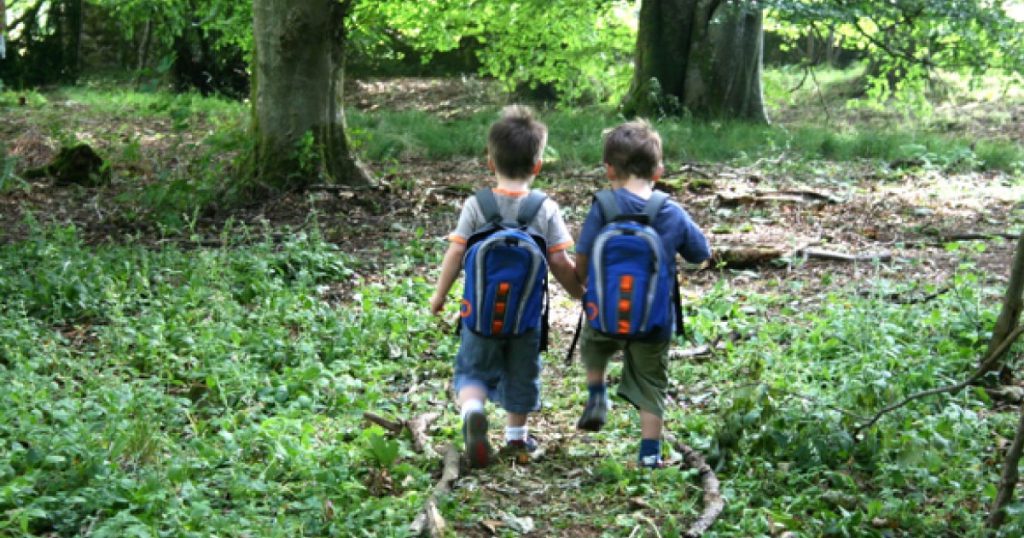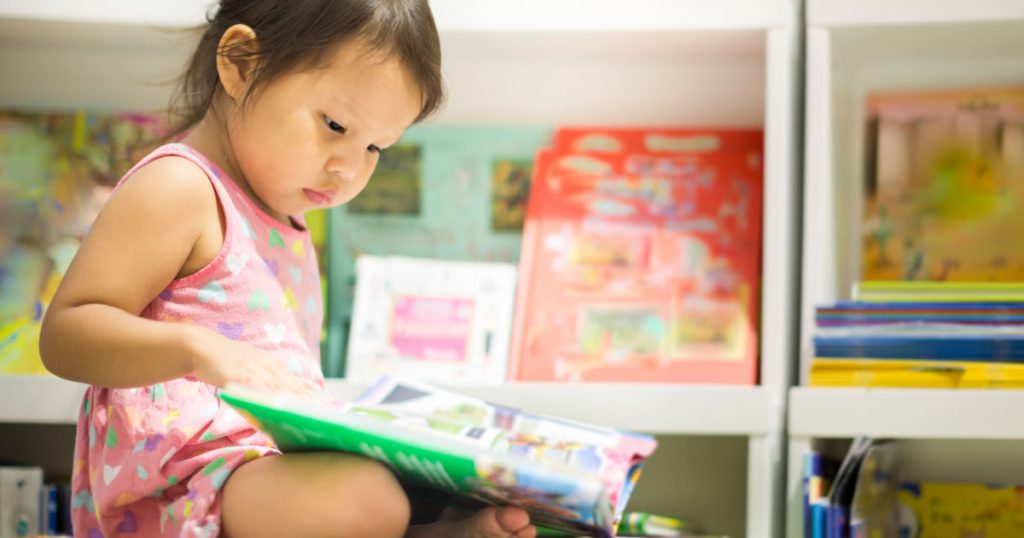Mindfulness for Teachers
The word “mindfulness” crops up in about as many education conversations these days as IEP or “self-paced.” But where did the mindfulness education movement come from? And more importantly: How do you create a mindful classroom?
First up, a little background: Mindfulness is exactly what the word implies. It’s taking the time to pay attention to the present moment. Drawing on Eastern philosophies and meditation practices, mindfulness in the classroom is secular in nature despite its origins. And it can have major impacts: Studies have shown teaching young children to mindfulness in school can help them beat back stress and be more engaged in the learning process.
Even better? With teacher mandates piling up all around you, teaching mindfulness doesn’t require a whole lot of time or in-depth lesson planning. You can do as little as five minutes a day, with the benefits being cumulative over time.
Tips for Developing Your Own Mindfulness Practice
The most important part of teaching mindfulness to children is that you are also taking time for your own, personal mindfulness practice. Here are some tips to help you get on track as a mindful teacher.
(1) Articulate Your Personal Buy-In
Role modeling good behaviors is what teaching is all about, right? Before you can start introducing mindfulness in the classroom, you need to know what you’ll get out of making mindfulness a part of your own and your students’ lives.
Write a single “I” statement that articulates why you want to make mindfulness practice a personal and professional focus this year. It could be something like…
“I will make the feeling of calm as familiar as the scent of a warm cup of coffee”.
Record your statement in the front of your teacher planner, or print it and stick it up on your bathroom mirror… Keep this statement somewhere you can refer to when you’ve missed a few days of practice and maybe aren’t feeling so great about it!
(2) Find Your Five
Teaching mindfulness is, of course, more time-consuming than being taught.
In addition to the five minutes of mindfulness practice that you lead your students through each day, you will need to find an additional five minutes each day. Why? For your own, personal mindfulness practice.
Is what you are doing right now going to be a complete disaster if you were to stop for five minutes, close your eyes and just breathe? Two minutes, even?
A tip: Insight Timer is a free app that you can use to track little moments of meditation. I often set a timer for 2-5 minutes when I wake up each morning just to sit and focus on my breath. Sometimes I manage this every day, other times I don’t! But it’s a handy tool either way.
(3) Practice What You Preach
You don’t need to find a meditation class to begin your own regular mindfulness practice. You can start in one of these most simple ways.
- Download the free Smiling Minds app and begin one of their adult programs. These are so wonderful! With every session of your own personal practice, you will become more familiar with the language, visualizations, and types of activities that will help you be a wonderful mindfulness teacher in your own classroom.
- Practice the activities you are going to take your students through. Have a look through our post of five-minute mindfulness activities for kids and practice each of them yourself. You might even like to record yourself reading one of the guided meditation scripts that you want to do in the future with your students, and then listen to the recording for your own practice.
-
Find your five at any time of day. Sarah Wilson, in her book “First, We Make the Beast Beautiful” describes making time for stillness whenever and where ever she can. Let go of the idea that you need to be sitting in a peaceful room to just stop and breathe.
Try setting a timer for two minutes before you get out of the car when you arrive at school or arrive at home in the evening.
Close your eyes to really feel and taste one bite of your lunch or snack.
Take a single deep breath when you are stopped at a traffic light.
Heck, turn your focus inwards for a moment when you’re sitting on the toilet if it’s one of the only ‘peaceful’ moments you’re likely to get that day!
(4) Be Kind and Ready to “Fail”
We know you’re very likely time-poor, and that there’s a high likelihood that you’re a bit of a perfectionist who is probably used to being a high achiever (not that that’s a bad thing!).
Maybe you feel like committing to something every single day is unrealistic… And, that if you were to miss a single day it means you’ll never be a mindful person/teacher/”leader of students towards their own mindful selves.”
You will fail. If your expectation is this inflexible. And that’s okay. Start again tomorrow.
Be kind to yourself.

Is mindfulness something you try to practice regularly?
Do you teach mindfulness to your students?
The post Everything Teachers Should Know Before Teaching Mindfulness appeared first on Teach Starter.




